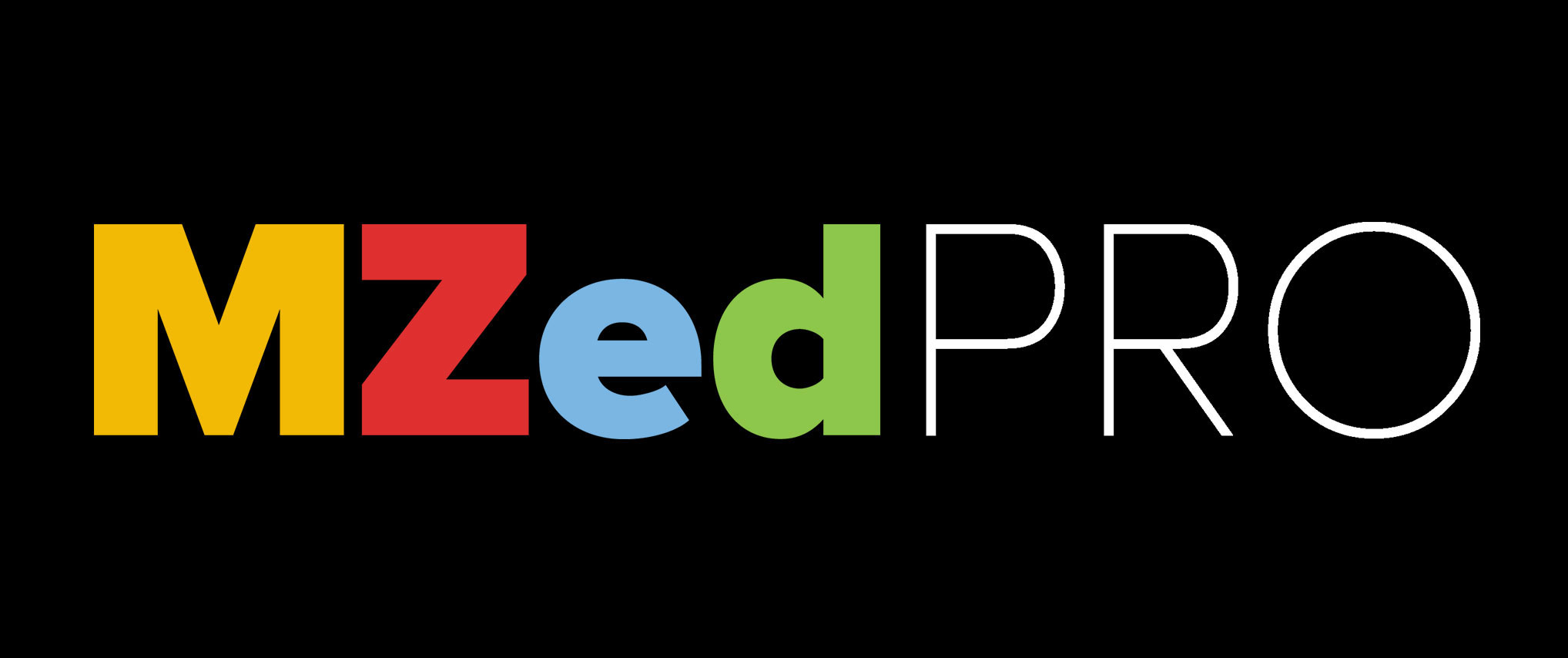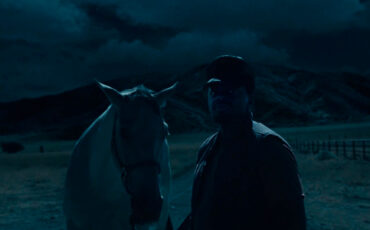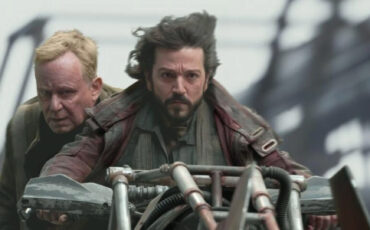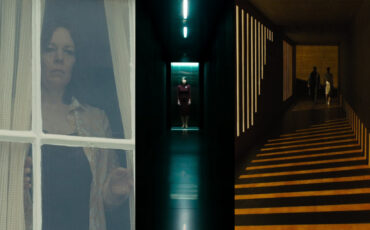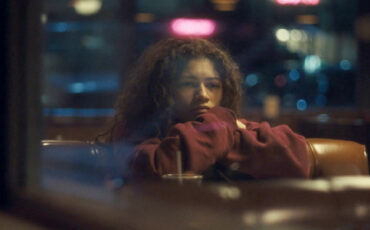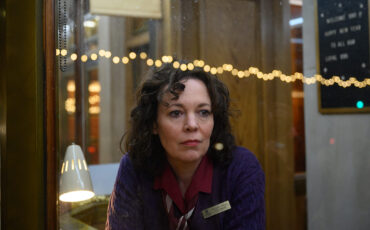The Language of Lighting – Learn How to Design Light Like a Pro in New MZed Course
Just in time for Christmas and New Year, we launched our new elaborate course on MZed.com – “The Language of Lighting”. Held by a seasoned cinematographer and film school educator Tal Lazar, this course opens a curtain into the beautiful world of cinematic lighting. Without light, there is no shot. Yet, the new course is not just about lamps and conventions. Lighting is a language communicating information and emotions to the viewer. Seeing and designing it to tell a story is magic on its own. The question is: are you ready to become a wizard?
Tal Lazar teaches at leading film schools such as Columbia University, the American Film Institute, and Sundance Institute. At the same time, he is a practitioner, his knowledge coming from his vast filmmaking experience as a cinematographer and producer. Combining these two areas of expertise, diving deep into the process, and adding a generous pinch of classic film examples, Lazar manages to light up the eyes of anyone – even those, who have no connection to lighting fixtures whatsoever.
The purpose of „The Language of Lighting“ is not to turn students into master lighting technicians. Designing light is a collaborative process between many different artists, so understanding how it works and learning to communicate it is beneficial for anyone, be it a director, producer, or cinematographer. That’s exactly what you will achieve in roughly 4 hours of this course.
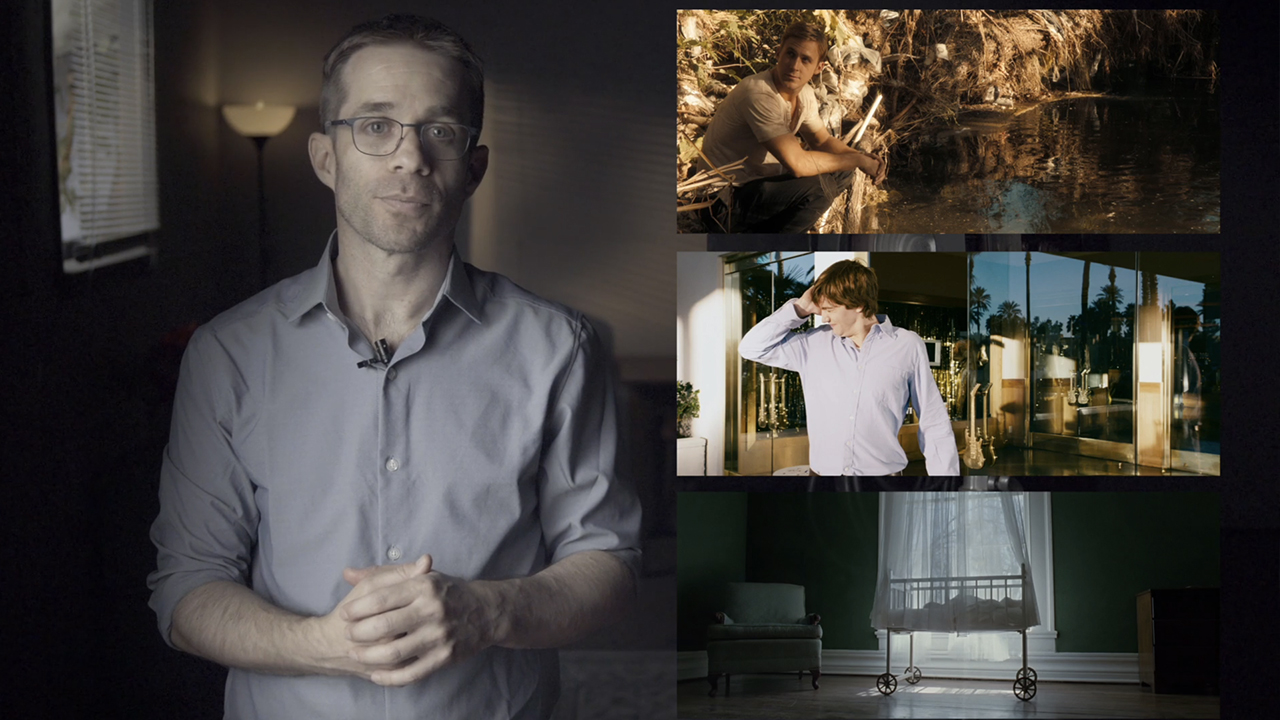
Below, we give you a sneak peek into the first of 9 modules “Seeing Light as a Cinematographer”. Head over here to enroll in “The Language of Lighting” on MZed.com and watch the rest.
Language of the lighting and why we need it at all
If you haven’t been on a film set, the first question that might come to your mind is: why do we need all these expensive lamps, accessories, and a dedicated crew to set it up at all? Why not just use, what’s already there? After all, each indoor location nowadays has electricity and lights. Tal Lazar shows on his own example, what happens when you apply only those instead:
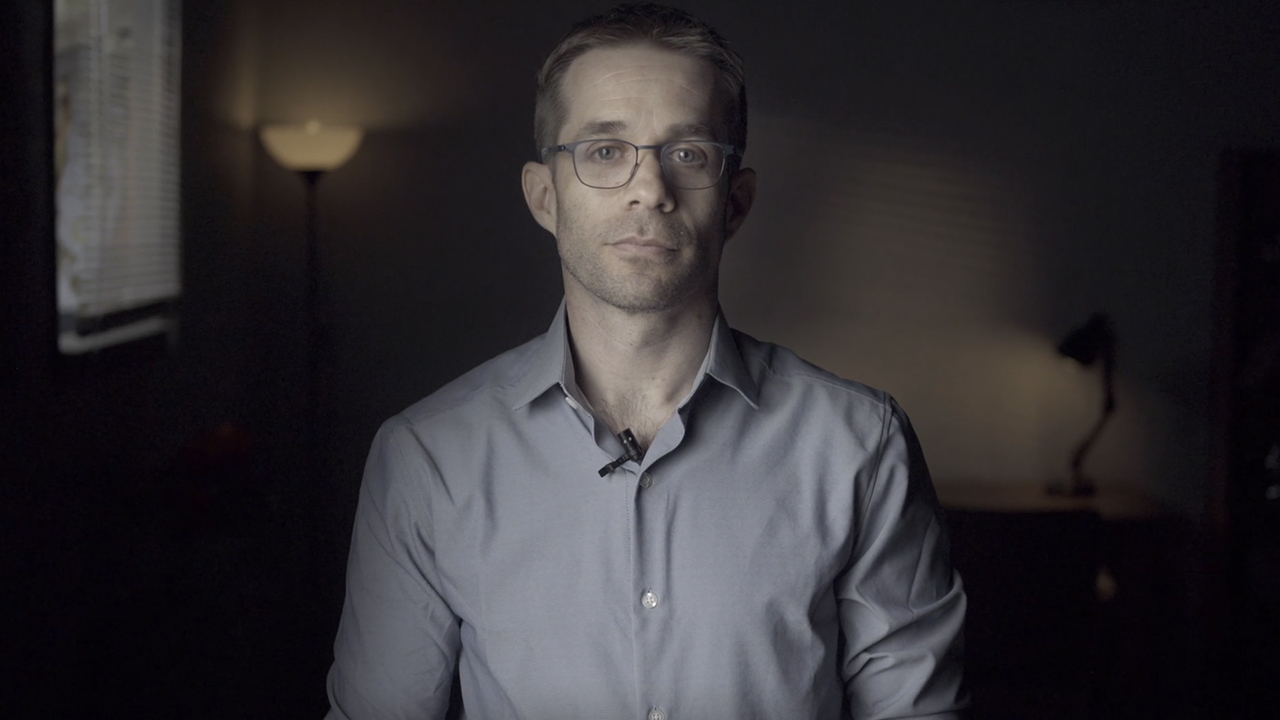
Images source: Tal Lazar/MZed 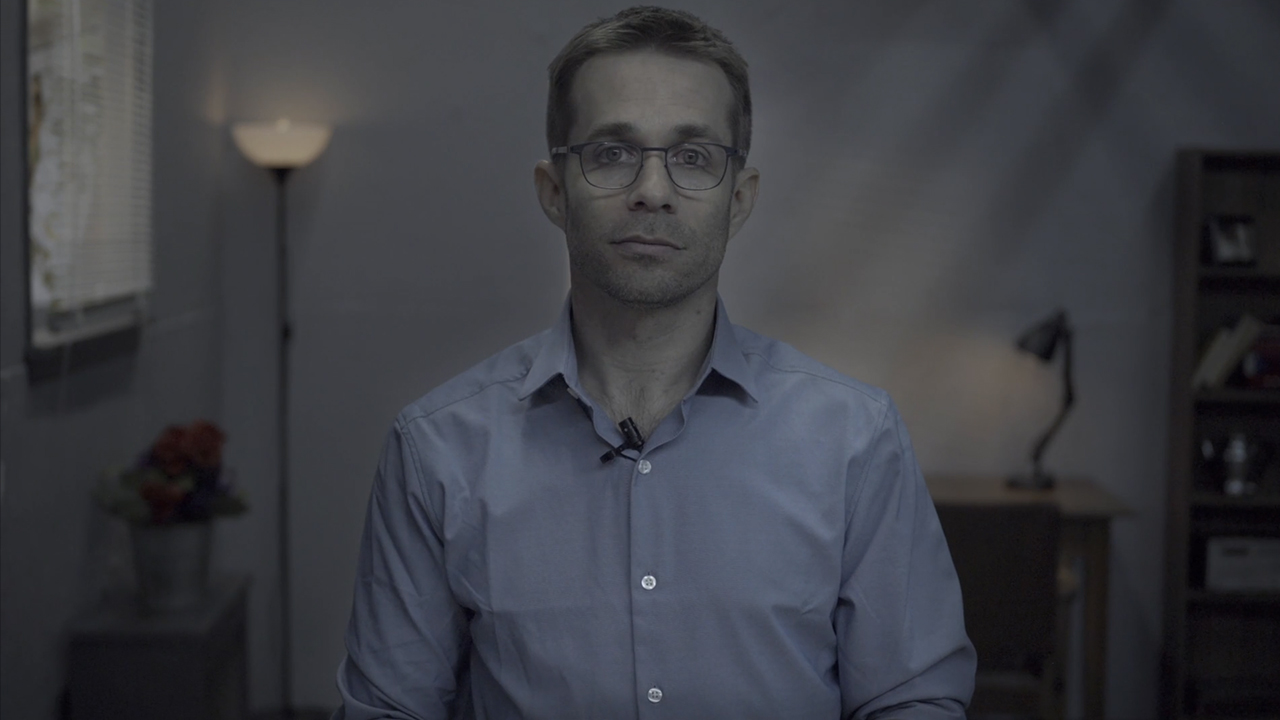
What’s the difference between these two images? What’s wrong with the second one? Why is the first one better? Some people would say, it feels more cinematic or moody, but it’s not only about that. Let’s take a look at some of the objectives the lighting has.
Some of the lighting objectives
To better explain, what lighting does in a film, Tal Lazar shows us a night scene from the Coen brothers masterpiece “No Country for Old Men“. Watch the first 2 minutes and pay attention to the lights that you see:
Everyone, who tried to film at night (especially in a desert), surely knows that even during the full moon, you won’t see anything in the frame. Of course, we can always increase the sensitivity of the camera (the ISO), but it will add significant noise, which is rarely wished for.
The first and foremost objective lighting serves is a technical one – visibility. A minimum amount of light the camera needs to expose an image.
Tal Lazar
Secondly, you can’t just come to a desert, put two huge light sources, and call it a day. The audience won’t buy it. Modern lighting conventions require lighting to be believable, which makes sense, as it increases the overall immersion into the story. When you watched that scene from “No Country for Old Men”, did you believe it was all moonlight? I bet. Yet, it wasn’t. Lazar points out, that if we look closely, we’ll notice some weird effects, that don’t make sense.
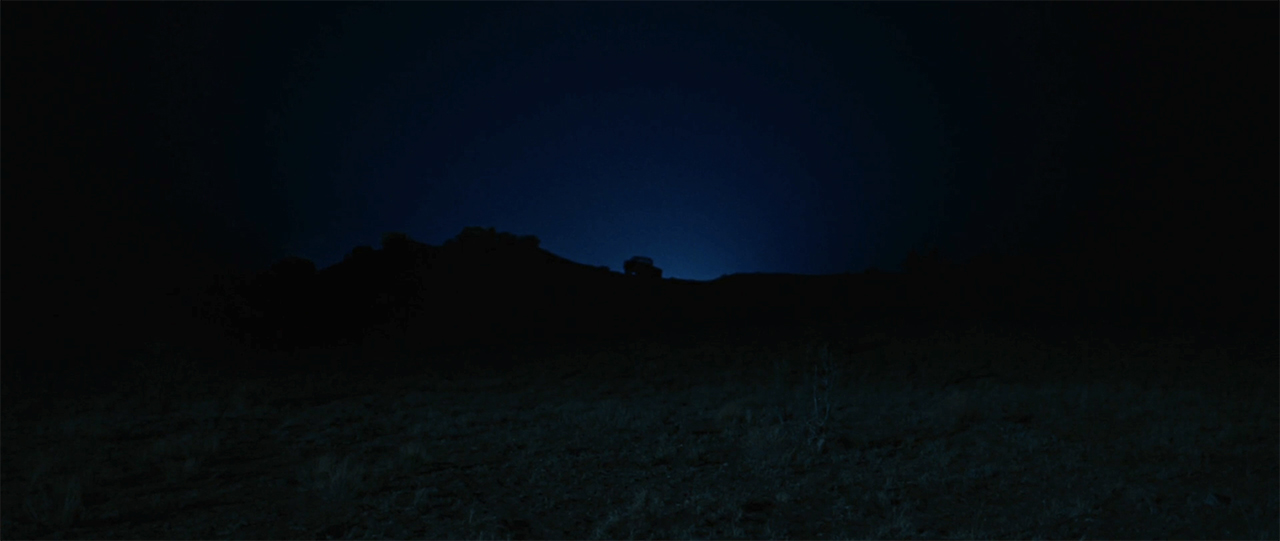
The Language of Lighting
In normal life, moonlight comes from above and lights everything evenly. Why then some parts of this wide shot are dark and some – bright? Yet, it doesn’t matter, as long you believe it is real. Filmmakers also make sure to follow significant rules to convince us. For example, the artificial light coming from the car’s headlights is brighter, than the moonlight, as it should be. There are other tricks to increase believability, and Lazar shares a lot of them throughout the course.
Consistency of lighting
Imagine a perfect bedroom for a morning scene, with beautiful rays of the rising sun falling through the window. You arrive at such a location and it’s a dream come true. Yet the first thing the crew will do is block the sunlight so that they can bring in lamps to create the exact same effect (if it is what you’re heading for). Why? Unfortunately, the sun moves faster, than we can film this one particular scene. So, the next objective of lighting is consistency.
Even if you have a naturalistic approach, film exclusively outdoors, and try to use only the available light, you will have to adjust your workflows in order to keep it consistent. (For instance, read here how they nailed this challenge in “Nomadland”).
How lighting tells a story
One of the most important objectives of lighting, though, is to tell a story. That’s a huge part of filmmaking mastery, on which Tal Lazar focuses in his course. Look at the following film stills from another “No Country for Old Men” scene:
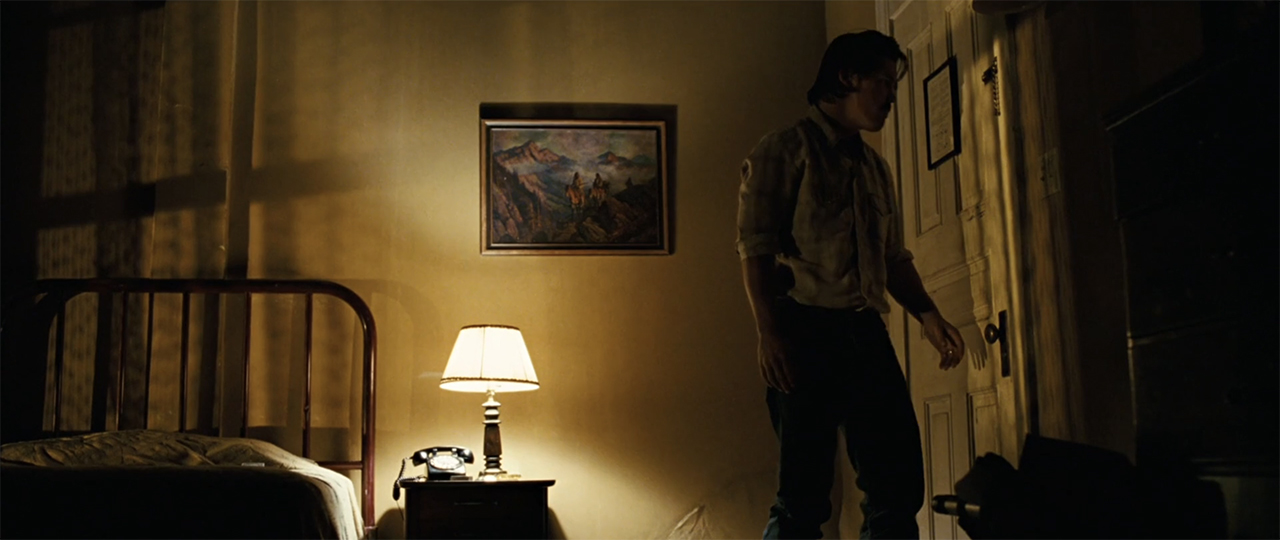
Film stills from “No Country for Old Men” by Coen brothers, 2007 
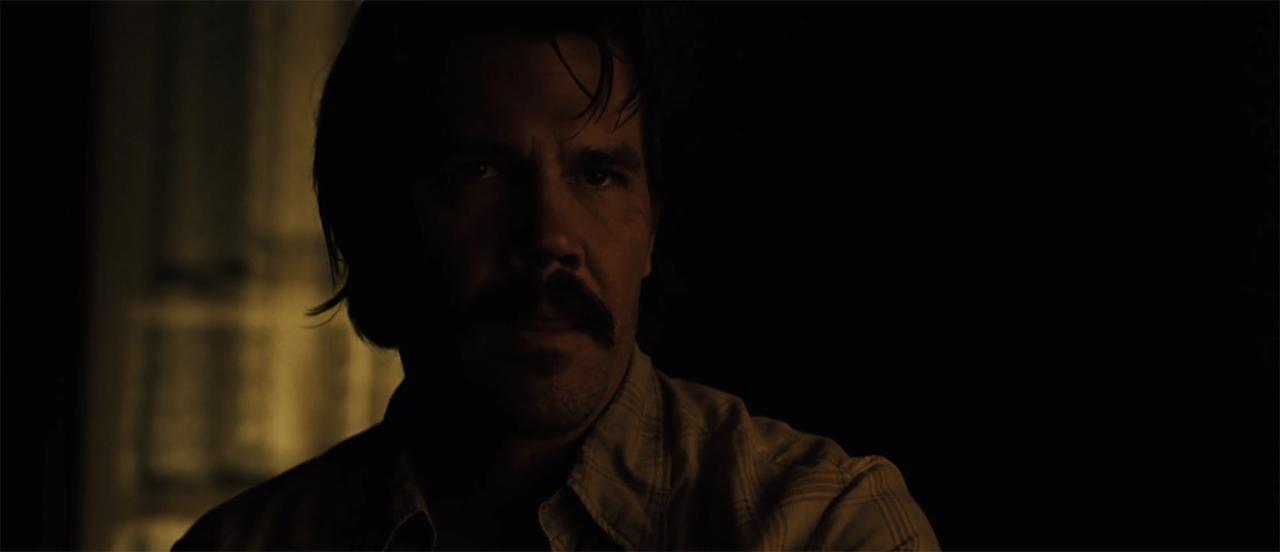
Putting apart the story of protagonist Llewelyn Moss, what can you say from these images by how they are lit? It is night. He is in a hotel room, higher than the first floor (judging by the light falling from the street lamps). There is someone outside, as the rays of a fluorescent lamp come through the crack under the door. We know that all, even when we don’t see the sources because we are familiar with what light looks like in different situations.
Brilliant, right? And that’s also one of the exercises every filmmaker and lighting designer should obtain: looking at the world around them and taking notes of effects created by light.
The best lighting inspiration comes from reality. We call this process emulating – recreating the effect of lighting using lamps.
Tal Lazar
That’s also part of what the chosen set-up for Lazar’s course does. It emulates daylight on a sunny day, falling through the half-open blinds, which creates a friendly and natural look in a dull and featureless studio.
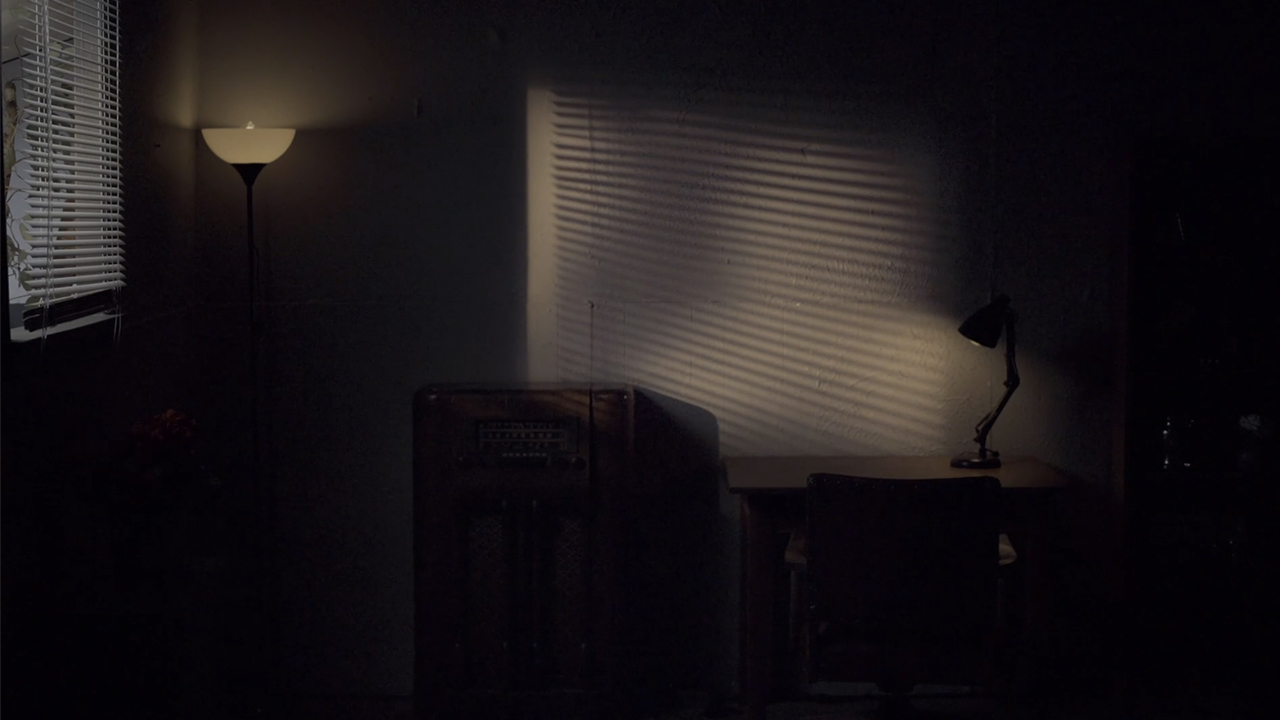
What the image looks like. Image source: Tal Lazar/MZed 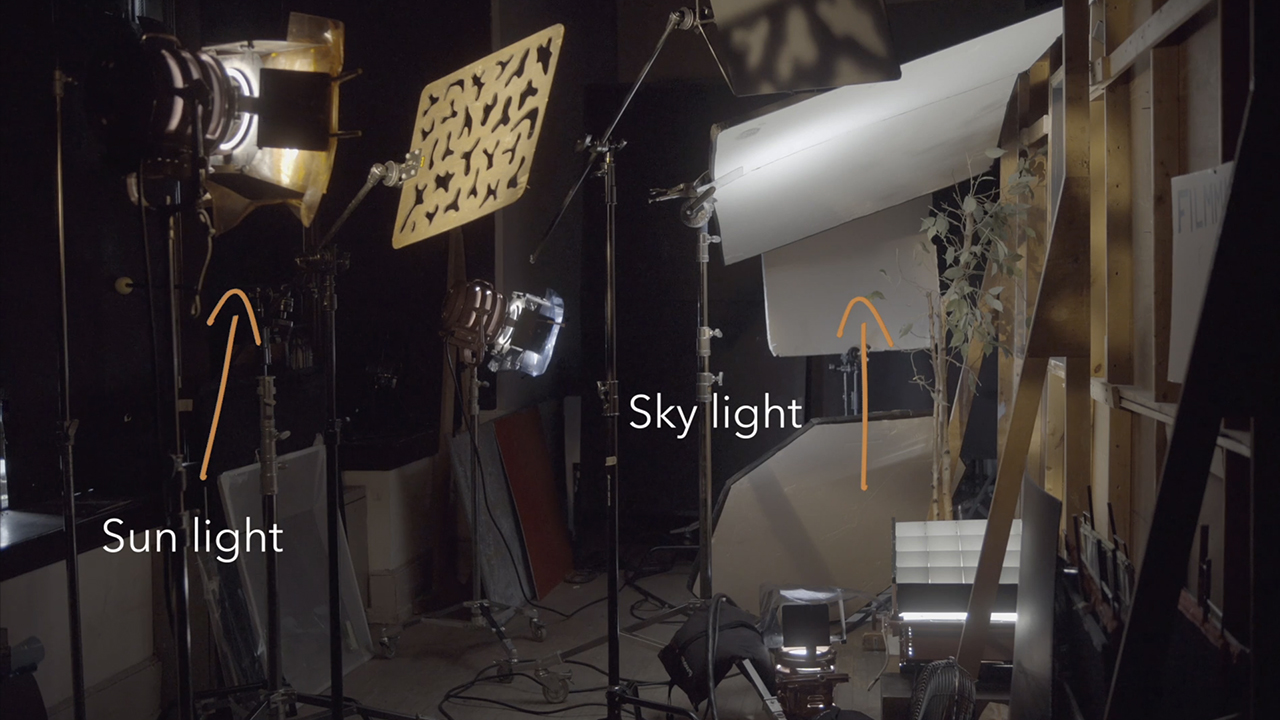
Behind the scenes of how it is lit. Image source: Tal Lazar/MZed
Learning the language of lighting for better communication
To achieve brilliant lighting in a collaborative process, we need to know exactly, how to describe it. The better you are at communication, the faster and closer to your vision the results will be. Learning the language of lighting is what the entire course by Tal Lazar is. So, here are four basic characteristics of lighting to start with:
- Intensity (bright or dim);
- Angle/direction (is it high or low? From which side does it come?);
- Color (the term temperature: warm or cool, and also color’s hue and saturation);
- Diffusion (hard or soft). We see diffusion in the transition between shadows and highlights. If the transition is very gradual (see the left image below), then it is soft lighting. If it’s more defined and less gradual, then it is hard lighting. Lazar promises to dive deeper into this topic in the following lessons.
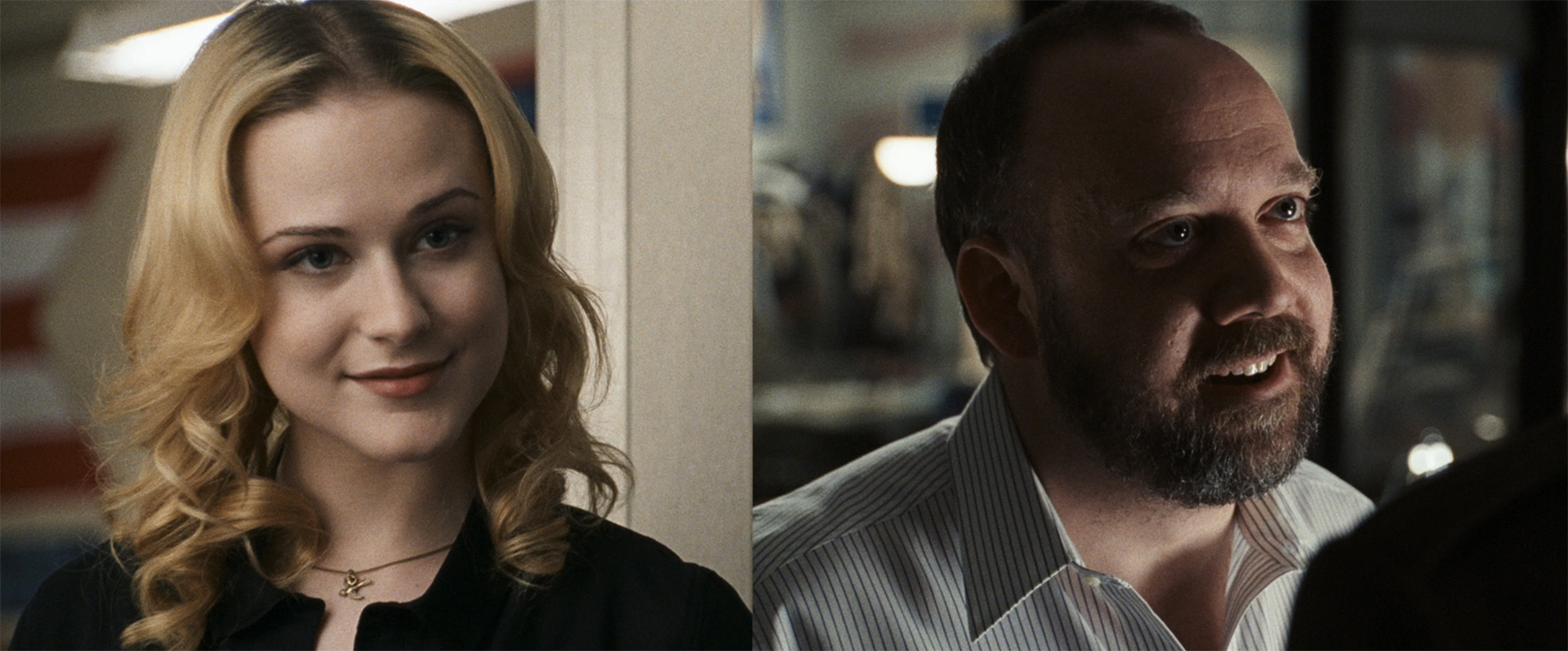
To start learning the lighting language already, you can follow this practice at least once a day. Whenever you come across an interesting lighting situation, try to describe it in the four terms, listed above.
In The Language of Lighting you will also learn
Of course, that’s only the start of the multi-faceted topic of lighting magic. Tal Lazar has an immense amount of insights to share. In “The Language of Lighting”, you will also learn, for example:
- Different methods of previsualizing lighting for better communication between the director and cinematographer, as well as between cinematographer and lighting technicians;
- How to use reference images and define the relevant points within them;
- When it is a good idea to use the real lighting fixtures – the so-called practicals – and when it’s better to emulate them;
- Connecting blocking and lighting, as well as procedures to successfully run a set with lighting (specifically looking at multi-camera situations);
- Ways to measure light correctly;
- Advanced topics such as the inverse square law, diffusion, color temperature, vectorscope, and electricity
and much more. You can read the description of all course modules here.
I hope we could give you a taste of what amount of knowledge and deeper understanding of lighting you will gain from this course. This is a wonderful gift for any filmmaker, interested in enhancing their visual superpowers. So, if you’re still on the lookout for a Christmas present, consider it as our suggestion. (Spoiling yourself is also an idea, of course!)
Pricing
“The Language of Lighting” is available to purchase for $39.99. Or you can subscribe to MZed Pro and watch this course, along with over 50 other courses for only $349 for the first year, and $199 for every year after that.
What else do you get with MZed Pro?
As an MZed Pro member, you also get access to over 465 hours of filmmaking education, plus we’re constantly adding more courses (several in production right now).
For just $30/month (billed annually at $349), here’s what you’ll get:
- 54+ courses, over 850+ high-quality lessons, spanning over 500 hours of learning.
- Highly produced courses from educators who have decades of experience and awards, including a Pulitzer Prize and an Academy Award.
- Unlimited access to stream all content during the 12 months.
- Offline download and viewing with the MZed iOS app.
- Discounts to ARRI Academy online courses, exclusively on MZed.
- Most of our courses provide an industry-recognized certificate upon completion.
- Purchasing the courses outright would cost over $9,000.
- Course topics include cinematography, directing, lighting, cameras and lenses, producing, indie filmmaking, writing, editing, color grading, audio, time-lapse, pitch decks, and more.
- 7-day money-back guarantee if you decide it’s not for you.
Join MZed Pro now and start watching today!
Full disclosure: MZed is owned by CineD
What is your approach to lighting? How do you use it to tell stories? Share your experience with us in the comment section below!
Feature image source: MZed.



